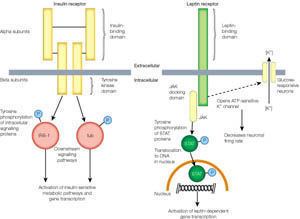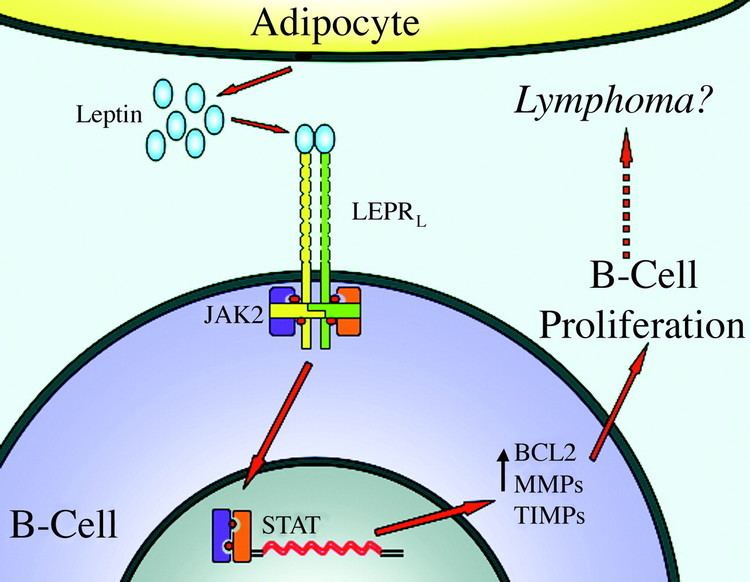Entrez 3953 | Ensembl ENSG00000116678 | |
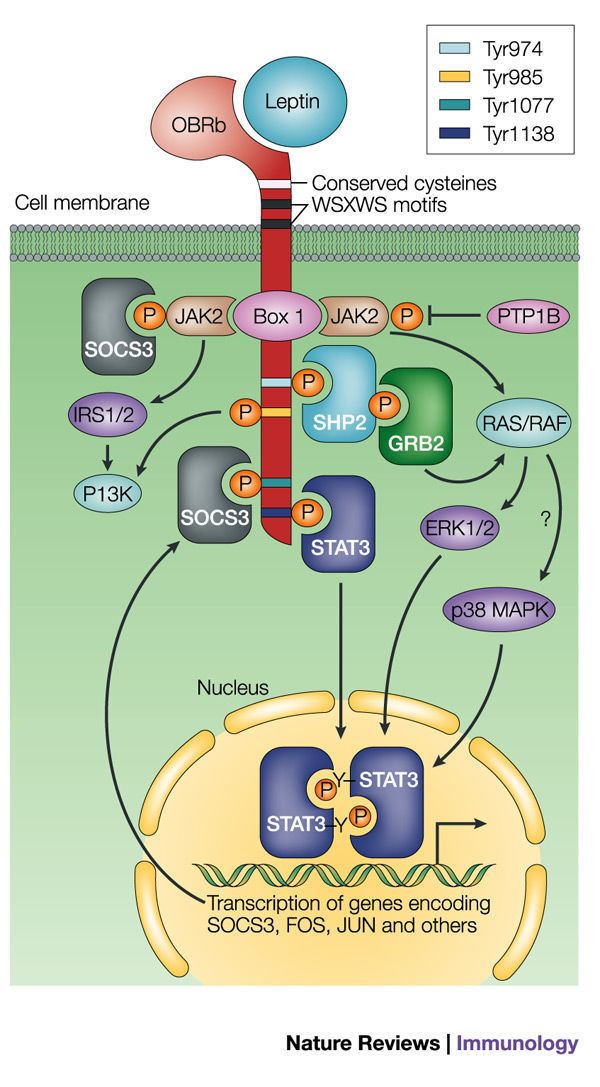 | ||
External IDs MGI: 104993 HomoloGene: 1731 GeneCards: LEPR | ||
Gene music using protein sequence of leprot leptin receptor overlapping transcript
Leptin receptor also known as LEP-R or OB-R is a protein that in humans is encoded by the LEPR gene. LEP-R functions as a receptor for the fat cell-specific hormone leptin. LEP-R has also been designated as CD295 (cluster of differentiation 295).
Contents
- Gene music using protein sequence of leprot leptin receptor overlapping transcript
- Gene music quartet using protein sequence of leprot leptin receptor overlapping transcript
- Function
- Clinical significance
- Animals models
- References
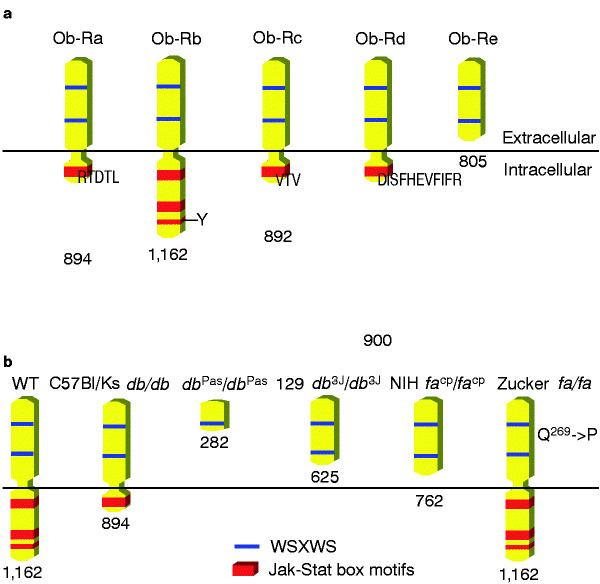
After co-discovering the Leptin gene with Jeffrey Friedman et al. in 1994, which involved a reverse genetic/positional cloning strategy to clone ob and db, Rudolph Leibel, working with collaborators at Millennium Pharmaceuticals and colleague Streamson Chua, confirmed cloning of the leptin receptor by demonstrating that an apparent leptin receptor cloned from a choroid plexus library using leptin as ligand, mapped to a physical map that included db and fa.
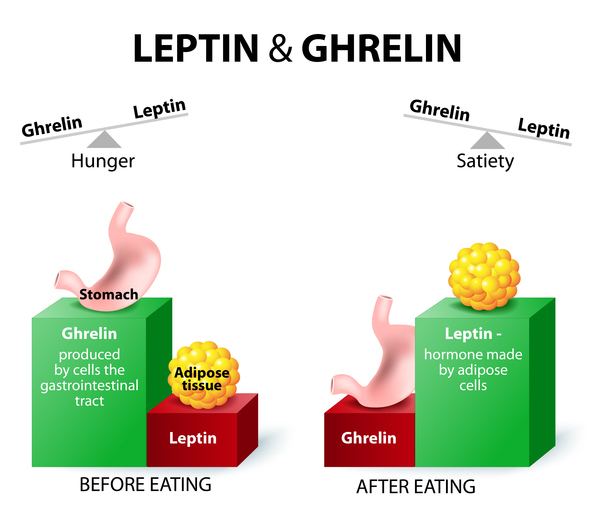
Gene music quartet using protein sequence of leprot leptin receptor overlapping transcript
Function
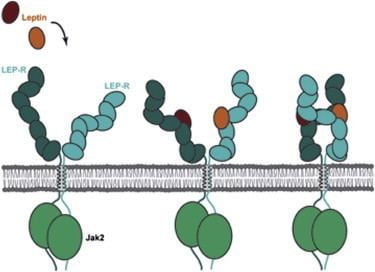
The leptin hormone regulates adipose-tissue mass through hypothalamus effects on hunger and energy use. It acts through the leptin receptor (LEP-R), a single-transmembrane-domain receptor of the cytokine receptor family. In hypothalamic neurons, adequate leptin receptor function and subsequent regulation of energy metabolism and body weight depends on interactions of the receptor with gangliosides in the cell membrane.
Clinical significance
Variations in the leptin receptor have been associated with obesity and with increased susceptibility to Entamoeba histolytica infections.
Animals models
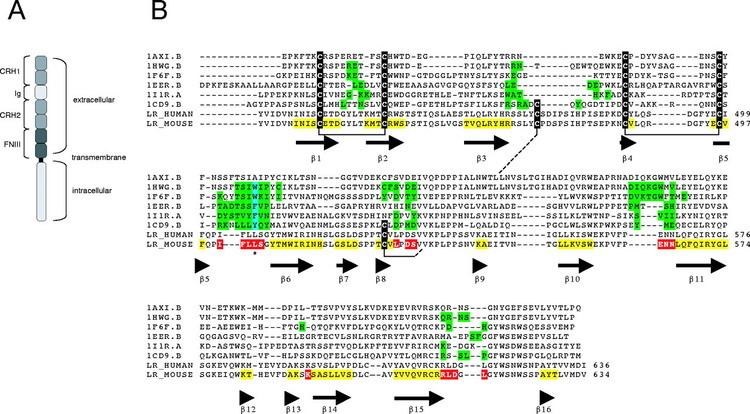
The db/db mouse is a model of obesity, diabetes, and dyslipidemia wherein leptin receptor activity is deficient because the mice are homozygous for a point mutation in the gene for the leptin receptor. In db/db mice, induced swimming helped to overcome obesity by upregulating uncoupling proteins.
